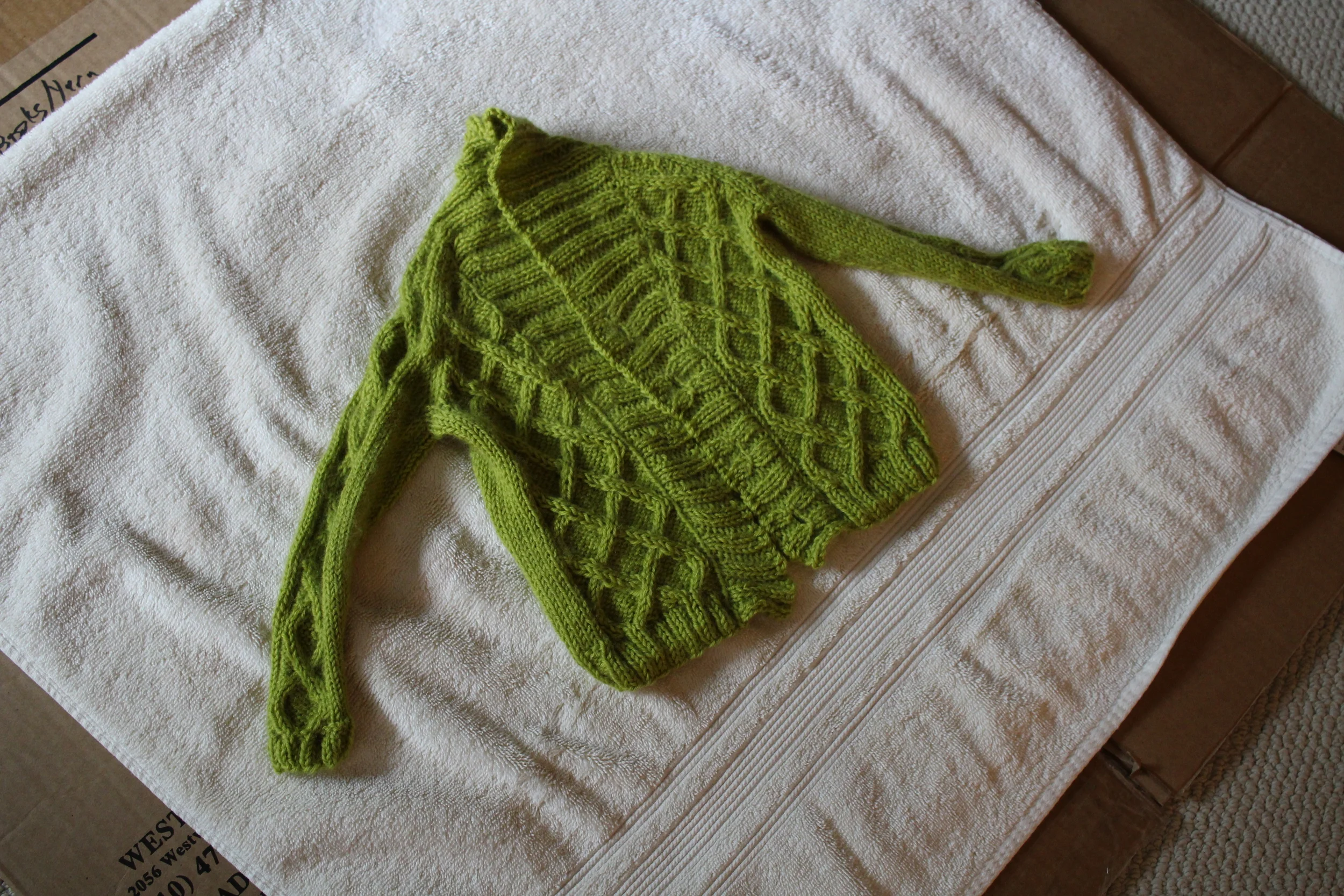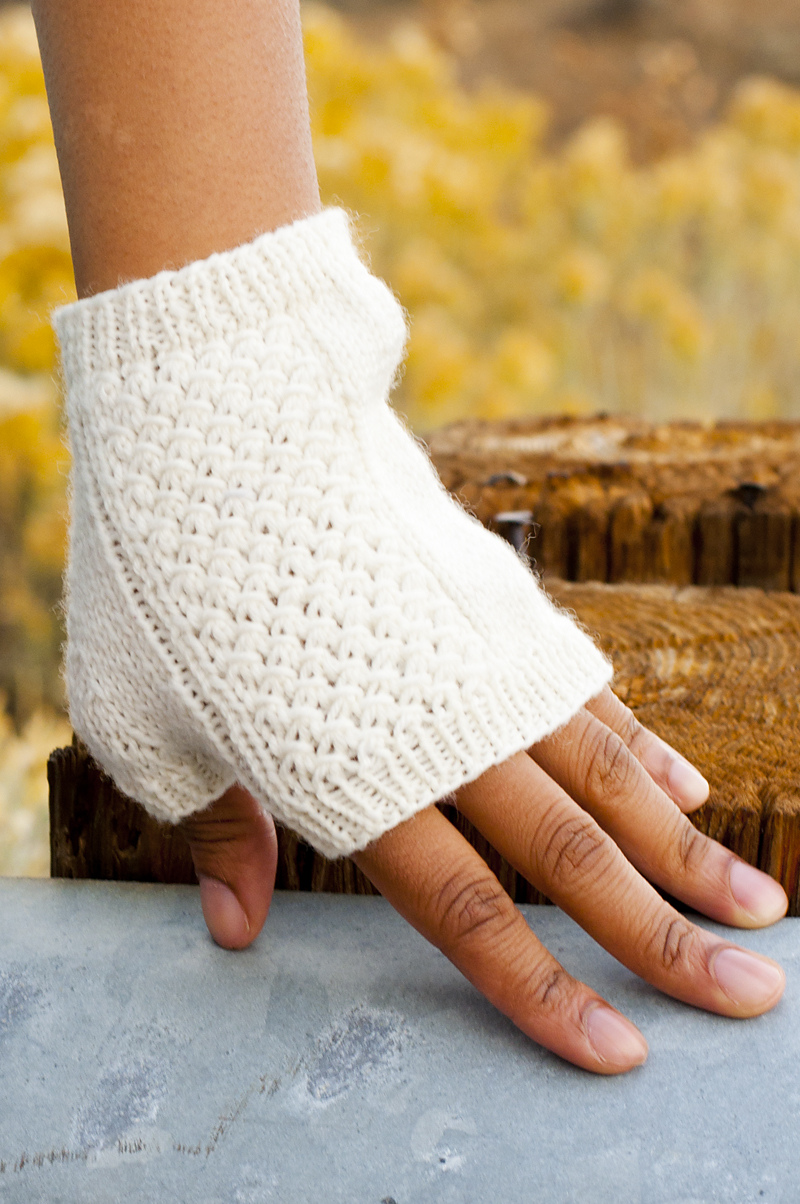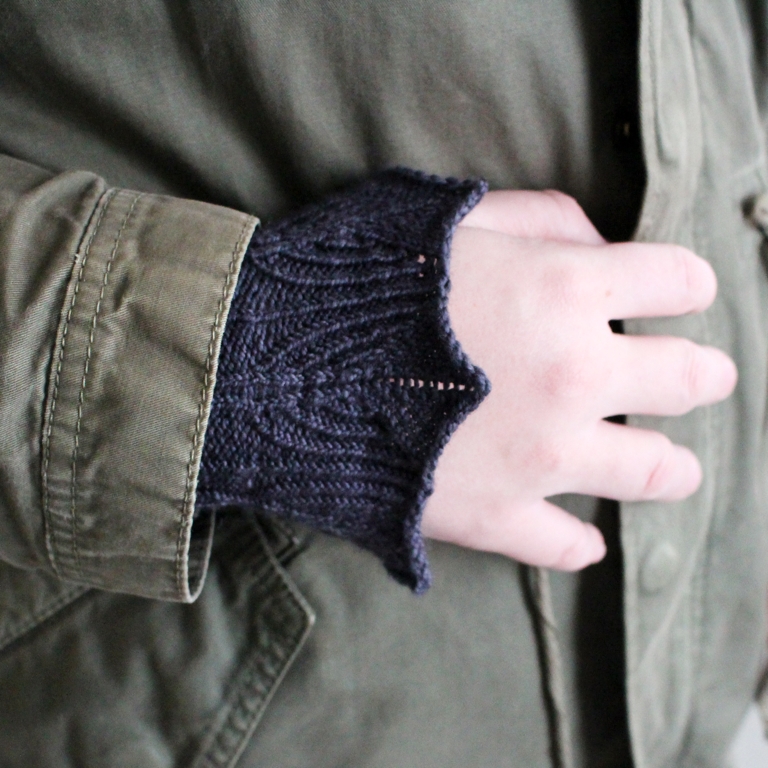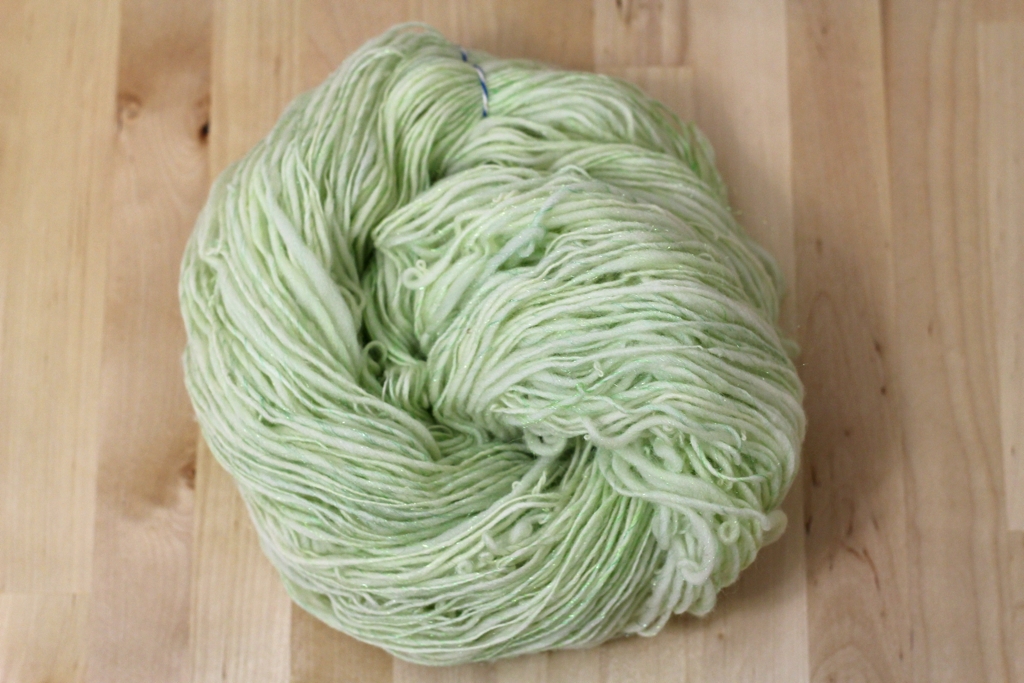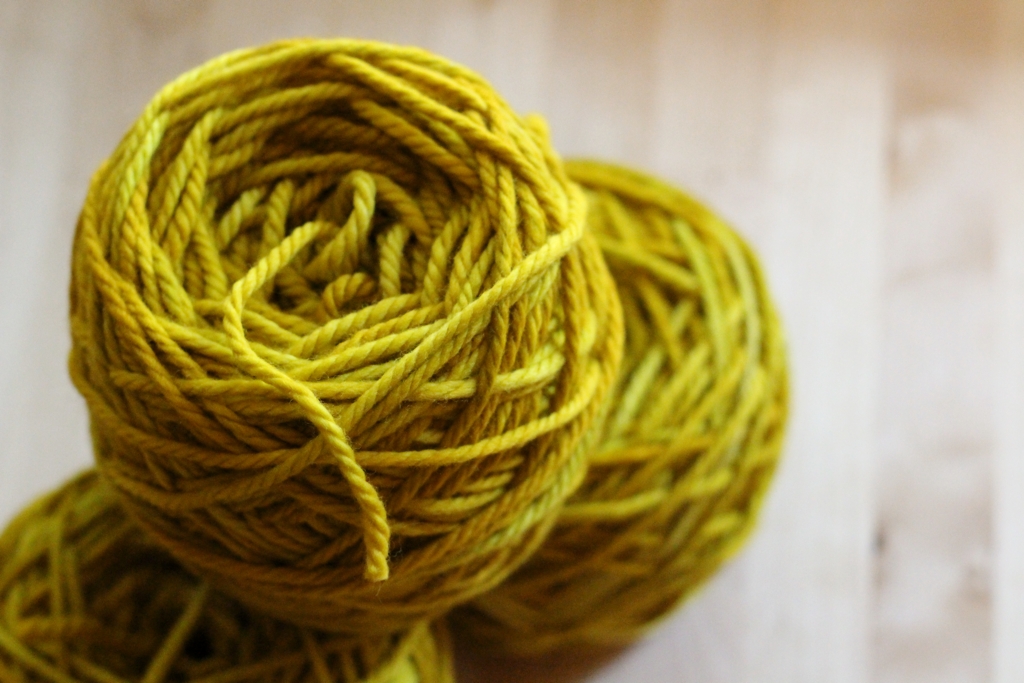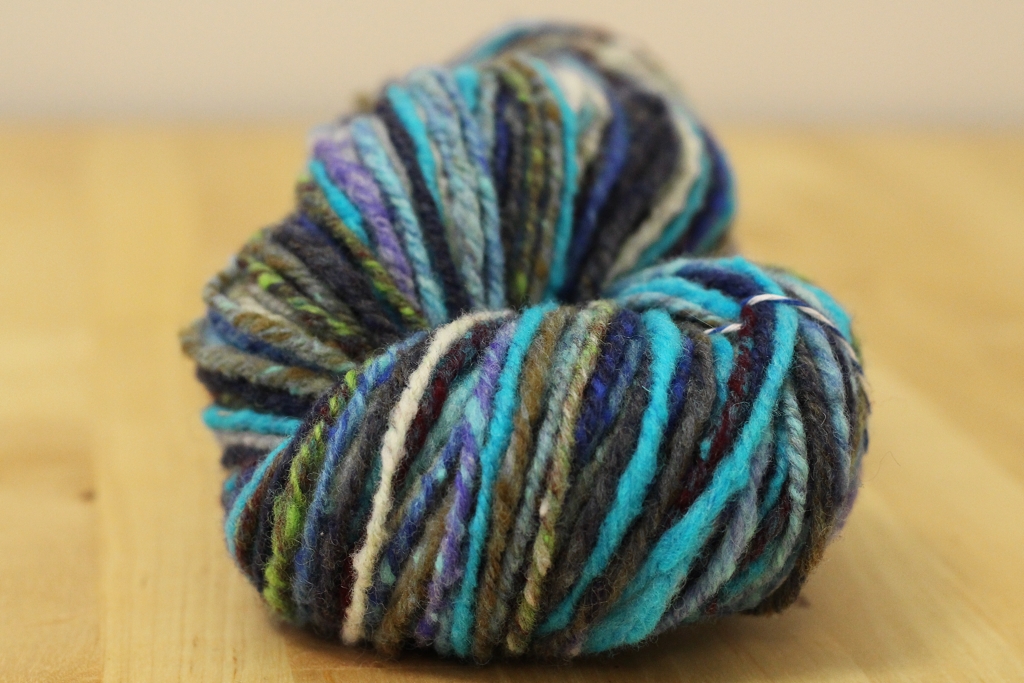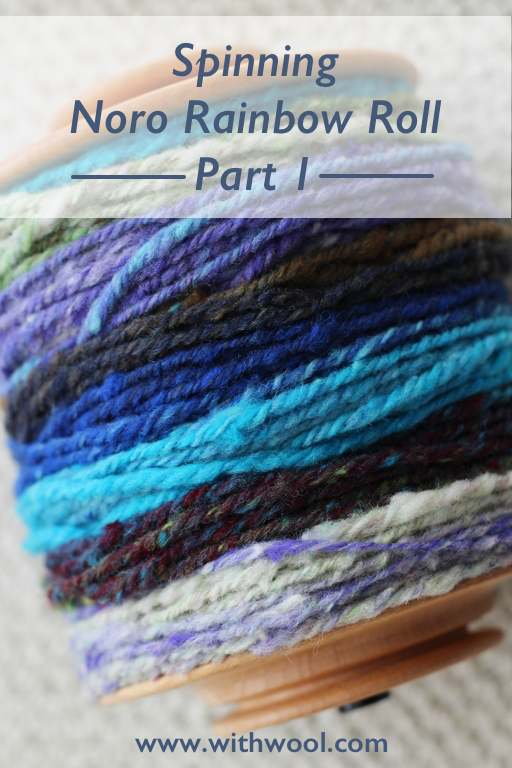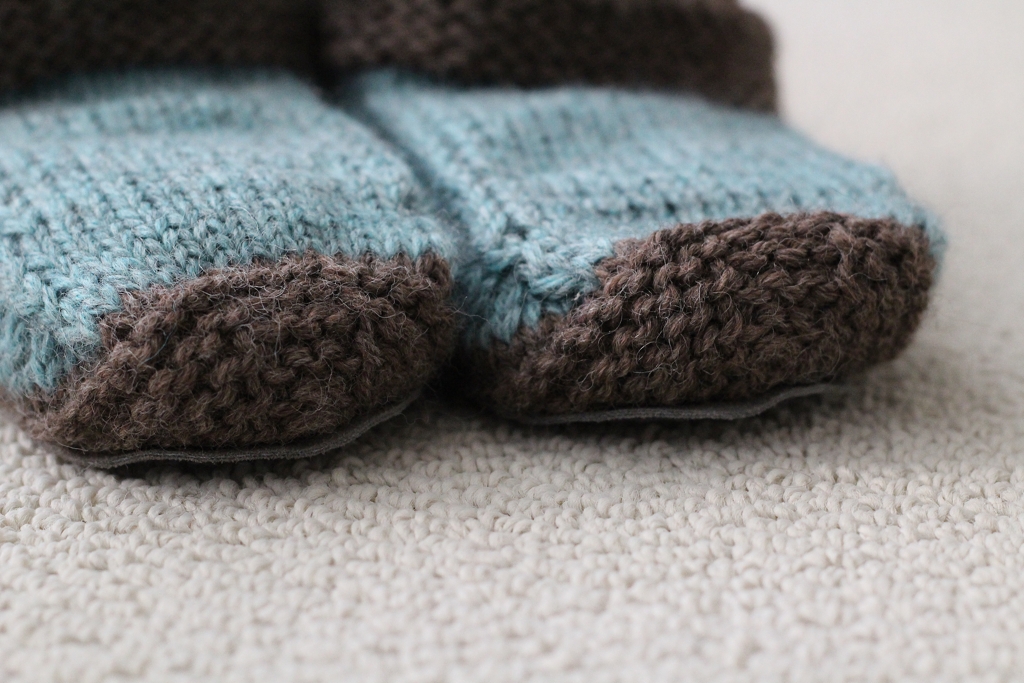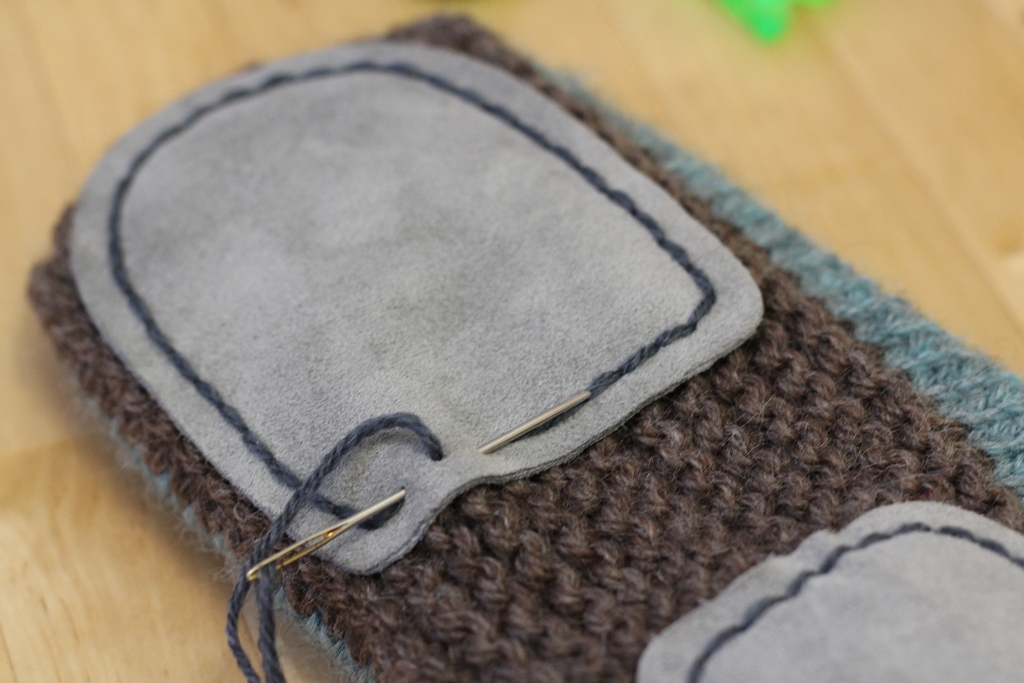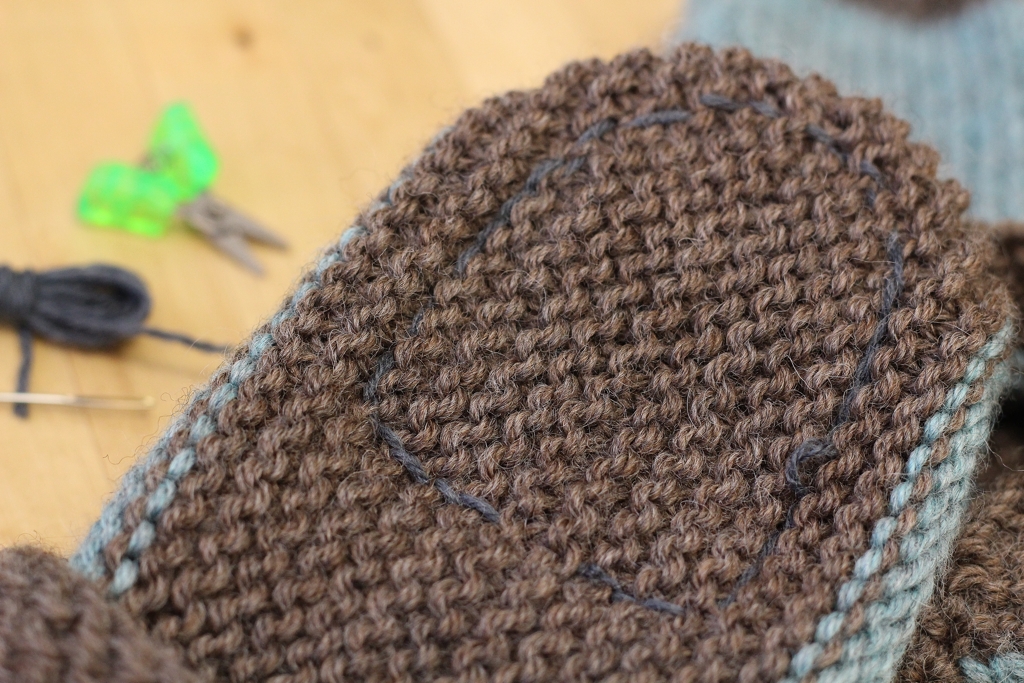FO: Gramps Cardigan
/My secret knitting is no longer secret! The sweater can get its time in the spotlight now that it’s arrived at its new home. If I hadn’t been keeping this a surprise, it would have shown up several times and probably with a poem titled ‘An Ode To Ripping’. I haven’t written said poem but could have thanks to all the inspiration knitting the sweater gave me. All the frogging aside, the Gramps cardigan turned out to be a lovely sweater that I was proud to give to a very good friend and her new baby.
When I was trying to decide what to make, I had to cross blankets off the list because I didn’t have the time. A hat or booties didn’t seem like enough, but a sweater seemed just right. After a couple hours looking through baby sweater patterns on Ravelry, I picked the Gramps Cardigan by Kate Oates. The finished sweaters all looked really cute. Plus, I like the idea of dressing up babies in vintage “old-man” style sweaters. Sold. I ordered the yarn, knit a swatch, and cast on.
The knitting was pretty easy and the cables were fun to work once I got the pattern in my head. All the times I had to rip were my own fault for not reading ahead. I ripped because I didn’t like how I’d handled the cable pattern next to the neck decreases. I ripped again because I knit the first sleeve before knowing where I’d have to match up the cable patterns and said sleeve turned out way too long. I ripped a third and forth time because I kept messing up the short row shawl collar. Tinking short rows worked in 2x2 rib is not my jam, but binge watching Haven helped get me through it.
It’s been awhile since I’ve blocked a sweater and it wasn’t as complicated as this one. The cables definitely needed some tidying up and the shawl collar needed a little preening too. It got a good bath with a capful of Eucalan before I squeezed all the water out that I could. I was holding my breath when I unrolled it and did my initial measurements so I could block it to size. It hadn’t grown, or shrunk, and the sleeves hadn’t added any extra inches. Whew. I used my blocking wires and this tutorial from Tin Can Knits to get the cables looking crisp and even. The wires also added just the right amount of structure to support the shawl collar while it dried.
The last step was sewing on the buttons which I did after the sweater had dried. Then I just had to mail it and it got there just in time. Now, I’m not saying this sweater has baby summoning powers but I’m not going to explicitly deny it either.
The Specs
Pattern: Gramps Cardigan by Kate Oates
Yarn: 363 yds Cascade 220 Superwash - Citron
Needles: US 6 (4mm) Circulars
Date: April 12 - May 12, 2016



